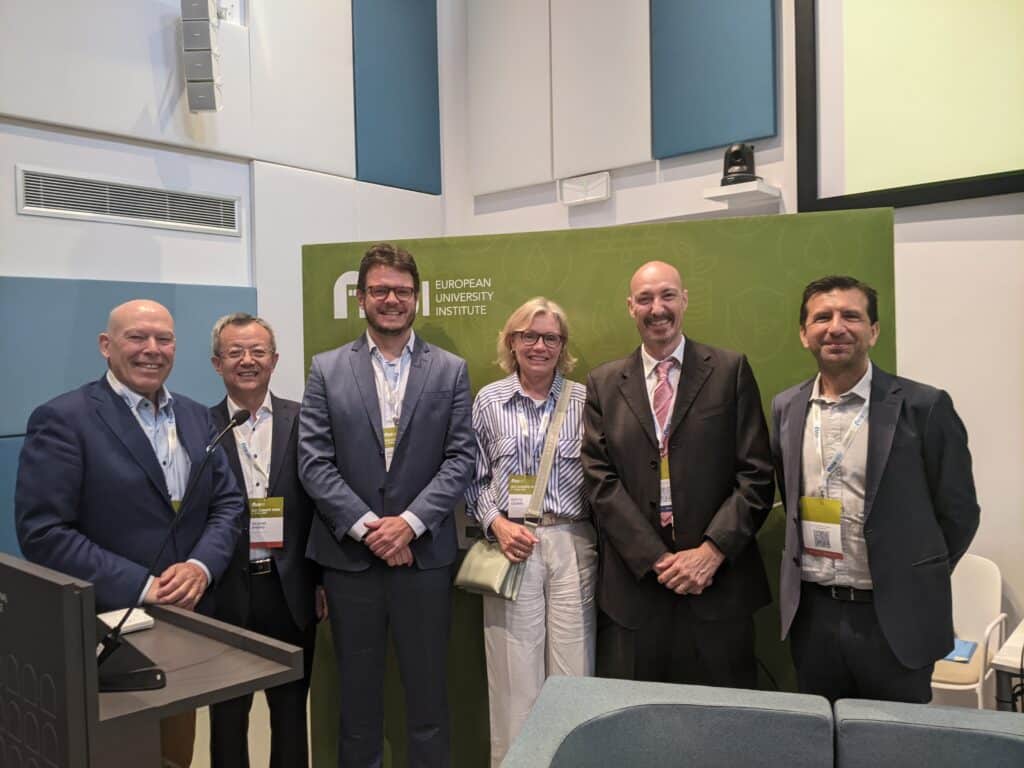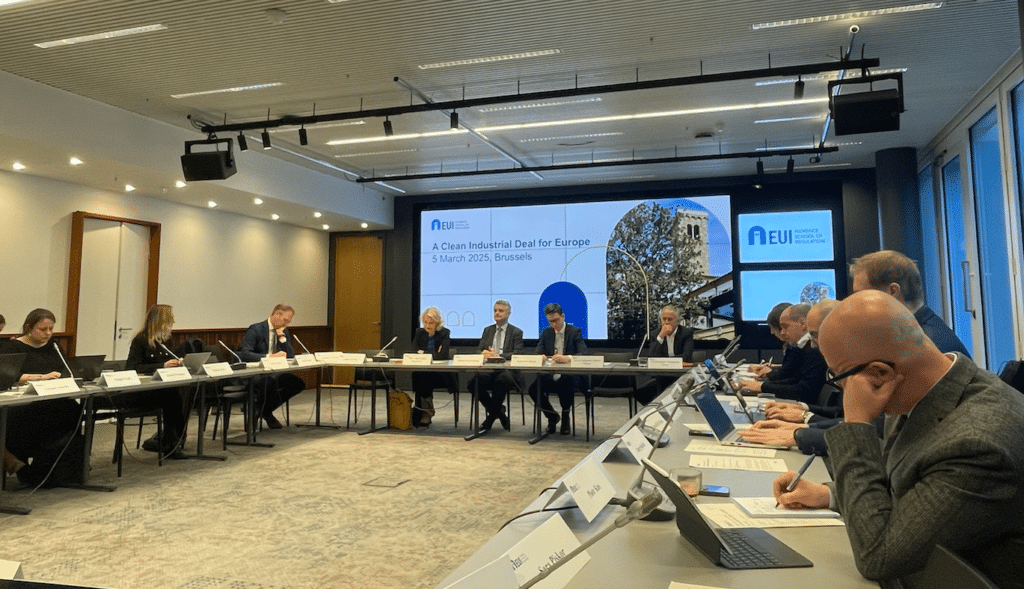Agricultural Voluntary Carbon Markets: challenges and recommendations
This is the second installment of The Topic of the Month on 'Net zero carbon markets: new frontiers'
Climate change, exacerbated by unsustainable human practices, poses significant challenges to various sectors, especially agriculture. The 6th IPCC report highlights that transitioning to a low-carbon society requires technological innovation and regulatory measures. Agriculture is particularly vulnerable to climate change due to its dependence on weather conditions and climatic variables. Issues such as altered growing seasons, crop failures, water scarcity, and the shifting of suitable growing regions necessitate changes in agricultural practices. Traditional agricultural methods contribute significantly to greenhouse gas emissions and environmental degradation, creating a dual role for agriculture as both a contributor to and victim of climate change.
Transitioning to sustainable agricultural practices involves a combination of market-based and non-market-based solutions.
Market-based solutions include carbon markets, carbon taxes, and incentives, while non-market-based solutions encompass regulations, standards, legal frameworks, government programs, and public ownership. These measures aim to increase investments in new technologies and sustainable methods, which are unfortunately very expensive, and this poses significant challenges for small-scale farmers due to resource and cultural constraints. Access to financial assets and technical support is crucial for facilitating this transition and enhancing the resilience of agriculture against climate change.
Voluntary Carbon Markets (VCMs) are one of the novel financial instruments aimed at supporting sustainable agriculture. VCMs involve trading carbon credits derived from various sectors, including agriculture. Despite facing criticism for potentially trading “worthless” carbon credits, VCMs have garnered support from corporate buyers, international leaders, and the literature acknowledges their potential to mitigate and adapt agriculture to climate change. Let’s analyze together some of their main challenges.
Effectiveness and Accountability
One major criticism of VCMs is their effectiveness and accountability. The transparency and impact of VCMs are often questioned, as carbon credits are a “credence good” requiring labels or certifications for verification. While regulatory efforts, such as the upcoming European Union’s voluntary carbon removal certification framework (CRCF), aim to address these issues, the coherence of additionality remains problematic. Additionality, as the measure of emissions reduction beyond what would have occurred naturally, is difficult to establish in agriculture due to variable exogenous conditions like weather and disease. Moreover, the measurement and verification of mitigation practices are expensive and complex, making verification costs prohibitively high for many farmers. More structured conventions are needed to increase effectiveness and overcome accountability issues.
Financial Risk and Discontinuity
Carbon farming contracts are typically long-term to ensure the permanence of carbon sequestration and mitigate the risk of intentional reversal by farmers. However, studies have shown a significant probability of farmers temporarily discontinuing contracted practices, potentially penalizing them instead of providing support. While measures such as buffer pools aim to mitigate non-intentional reversals, their arbitrary nature and difficulty calculating long-term risks have led to criticism. Recent studies employing quasi-experimental methods offer improved risk calculations, providing more robustness to the social value of nature-based carbon credits. In this way, financial risk deriving from discontinuity should decrease.
Complexity and Administrative Costs
Implementing carbon farming projects incurs significant costs for project developers and farmers. The technical complexity and market fluctuations often deter farmers from changing their production practices unless a secure return on total costs is guaranteed. The inability of small farms to access financial resources needed to sustain the costs of participating in carbon markets exacerbates upstream inequality.
The variability of additionality further complicates this issue, leading farmers to prioritize projects with better customer service over potential profitability and environmental gains. Furthermore, sustainable practices may temporarily decrease land productivity, reducing net revenues and disincentivizing adoption, while at the same time not preserving farmers from risks and potential loss. Market principles suggest that resource allocation inherently favours some types of activities over others, creating disparities in remuneration based on the level of additionality in sustainable practices. These aspects should be taken into account when designing a VCM mechanism, to guarantee market accessibility to all actors. The figure of the intermediary could play a role in overcoming this challenge.
Greenwashing and Climate Inequality
Greenwashing occurs in VCMs when carbon credits are used by buyers to claim climate mitigation efforts without corresponding real mitigation. Studies have highlighted the ineffectiveness of certain carbon credit projects, raising concerns about the integrity of these carbon markets. Additionally, carbon credits are often more convenient and profitable in countries with lower real incomes and more carbon-intensive agricultural practices, primarily in developing countries. The low prices of carbon credits can make it easy for firms to offset emissions, undermining the credibility of global carbon markets. Initiatives like the Claims Code of the Voluntary Carbon Markets Integrity Initiative (VCMI) and the Net Zero Standard of the Science Based Targets Initiative (SBTi) aim to mitigate greenwashing by promoting greater transparency. However, the proliferation of standards and frameworks can confuse companies about the appropriate ones to follow, necessitating increased regulation. More standardisation is needed and regulations would help monitor greenwashing and increase integrity.
Voluntary Carbon Markets (VCMs) play a pivotal role in promoting agricultural sustainability, despite facing contentious criticisms. Enhancing transparency, accountability, and regulatory frameworks is essential to align VCMs with genuine sustainability commitments. Addressing these challenges involves drawing insights from governance models managing shared resources, engaging a wider range of stakeholders, and ensuring fair distribution of costs and benefits. Technological advancements are crucial for expanding the impact and building trust in VCMs, transforming them into comprehensive resource management systems. Criticisms of VCMs should be viewed as opportunities to rethink and fortify our management of shared resources, paving the way toward climate action goals. This is why research in the field of VCMs is crucial for developing effective strategies to mitigate climate change and promote sustainable economic practices. An example is the work of the University of Siena for AGRITECH (the Italian National Centre for Agricultural technologies), which is developing knowledge and guidelines to support local enterprises in the sustainability transition. Research like this will help embracing and refining VCMs within a framework of integrity and sustainability in order to mitigate climate issues and ensure a viable future for generations to come.
Further readings:
Miltenberger, O., Jospe, C., & Pittman, J. (2021). The Good Is Never Perfect: Why the Current Flaws of Voluntary Carbon Markets Are Services, Not Barriers to Successful Climate Change Action. Frontiers in Climate, 3. https://doi.org/10.3389/fclim.2021.686516
Wongpiyabovorn, O., Plastina, A., & Crespi, J. M. (2023). Challenges to voluntary Ag carbon markets. Applied Economic Perspectives and Policy, 45(2), 1154–1167. https://doi.org/10.1002/aepp.13254
Carbon Farming: Making agriculture fit for 2030 – https://www.ecologic.eu/18394







